Here’s what whole of life costing can offer your next commercial project.

As the nation-wide commercial property boom continues, professionals across the built environment industry are searching for ways to maximise efficiency and meet their bottom lines. Designers and specifiers are gradually realising the power of leveraging the specification process for economic gain; against this backdrop, it’s no surprise that “whole of life costing” (WLC) is quickly gaining ground.
Yet in spite of its growing popularity, WLC remains a somewhat opaque concept to many. The current industry-accepted working explanation defines WLC as “the systematic consideration of all relevant costs and revenues associated with the acquisition and ownership of an asset”. Though an admittedly helpful starting point, this definition overcomplicates what is essentially a straightforward specification approach: instead of considering cost in terms of only the initial outlay for materials or products, designers and specifiers are invited to consider this outlay plus maintenance or operational costs necessary to ensure optimum performance and disposal. In doing, they are prompted to consider cost and performance from cradle to grave.
Taking a holistic approach to design has far reaching benefits spanning from economic to environmental. Below, we take a closer look at these benefits and present the case for taking a WLC approach to your next project.
For more content that demystifies and delivers you the essential knowledge you need to get ahead of tomorrow’s commercial sector, sign up for updates on FRONT today.
To put it simply: you get what you pay for. While the appeal of low upfront costs is undeniable, the reality is that many cheaper products fall short of – if not fail entirely to serve – their intended purpose. In such cases, products are revealed down the line to be only artificially cheap, with low purchasing costs offset by elevated costs of repairs, replacement, and maintenance over their lifespan.
Adopting a WLC approach to specification encourages designers and specifiers to think beyond low short-term costs and highlights that these often result in higher ongoing costs over the course of a project’s life. WLC guides practitioners toward investing in products from established, reputable suppliers – which are often costlier than alternatives – on the basis that these offer both higher, longer term performance and comprehensive post-sales support in the event that things go wrong later in the product’s life.
Few things are more inefficient than a product or system that fails to deliver on its promises. Ideally, all specified elements should perform exactly as they are marketed to, and should continue to do so with minimal maintenance down the line. This notion of sustained efficiency is particularly vital in today’s code-compliant climate, in which products must comply with stringent regulatory requirements for as long as possible. The cost of replacing or bringing up to code non-compliant materials and products is high, in terms of both money and time.
A WLC approach is likely to weed out inefficient solutions from the outset, circumventing the need for downtime caused by repair or maintenance work down the track, which may cause significant disruption to clients and tenants.
As we’ve already discussed, there’s no overstating the value of green design. Longevity is a critical component of sustainability, and one that can be achieved by implementing a WLC strategy. Products that perform at optimum levels for an extended period of time with minimal intervention enable sustainability in two key ways: first, by minimising waste produced by removing and replacing ineffective materials, and second by reducing a project’s ongoing contribution to already elevated demand for new materials and innovation.
Beyond this, failure to choose sustainable products and systems may ultimately hurt your bottom line: client demand for sustainable construction is on the rise, and incorporating sustainability through innovative means such as WLC specification can give you a sharp competitive edge. In this context, it is clear that WLC is a valuable investment with a huge pay-off.
WLC specification enables sustainability in more than just an environmental sense. The higher up front costs of certain products often subsidise research and development programs that drive innovation and help the entire industry advance.
Indeed, choosing to support companies with an innovation agenda and reputation for quality – even though this may come at a higher initial cost – ultimately benefits the entire industry. In many cases, higher product prices are used to offset sustainable manufacturing processes, which may be costly in themselves: not using exploitative labour, maintaining environmentally friendly manufacturing processes, and availing of high quality materials. All of these reflect best practice, and are critical to ensuring that the industry continues to grow and support itself into the future.
To learn more about how simple choices can have far reaching consequences that help shape the commercial industry for the better, get on board with FRONT today.
INDESIGN is on instagram
Follow @indesignlive
A searchable and comprehensive guide for specifying leading products and their suppliers
Keep up to date with the latest and greatest from our industry BFF's!
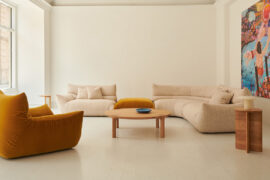
A curated exhibition in Frederiksstaden captures the spirit of Australian design
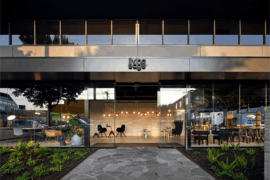
For Aidan Mawhinney, the secret ingredient to Living Edge’s success “comes down to people, product and place.” As the brand celebrates a significant 25-year milestone, it’s that commitment to authentic, sustainable design – and the people behind it all – that continues to anchor its legacy.
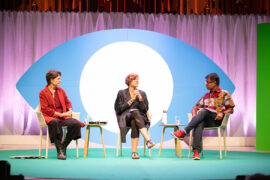
At the World Design Congress in London, a simple idea threaded through two dense days: design is not an island. It moves inside wider systems of economics, policy, finance and ecology.
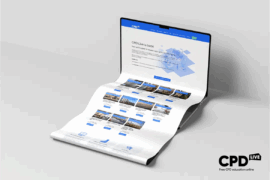
The final day of CPD Live’s 2025 season delivers three must-attend sessions exploring circular design for furniture and fitouts, and the science behind safe, high-quality drinking water. Starting from 9 AM AEDT, 16th October – it’s your last opportunity this year to join our Live CPD sessions and finish 2025 inspired.
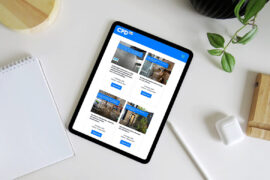
CPD Live returns for its final live-presented season of 2025, bringing architects, designers, and specifiers a free opportunity to earn CPD points before the year ends. Kicking off at 9 AM AEDT, This Tuesday 14th October.
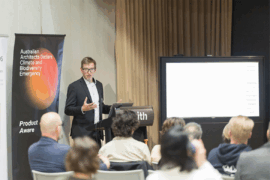
In a landscape clouded by data and greenwash, Product Aware offers architects and designers a common language for sustainability. Embraced by suppliers – including Milliken – it is setting a new benchmark for trust and bringing clarity and accountability to material specification.
The internet never sleeps! Here's the stuff you might have missed
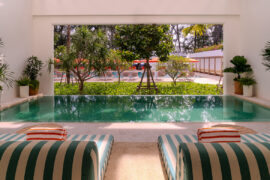
Opening in October 2025, The Standard, Pattaya Na Jomtien brings together ONION, DIN Studio, Studio Lupine and Verena Haller to create a sculptural modernist retreat where art, architecture and coastal culture meet.

In this comment piece by Dr Matthias Irger – Head of Sustainability at COX Architecture – he argues for an approach to design that prioritises retrofitting, renovation and reuse.